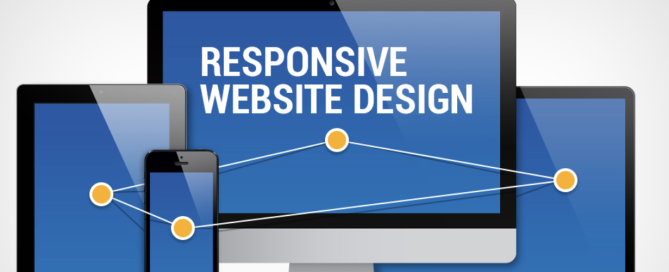What is Responsive Web Design
Responsive web design is a modern approach to web development that ensures websites adapt and provide an optimal viewing experience across a wide range of devices and screen sizes. In today’s digital landscape, where users access the internet through various devices, such as smartphones, tablets, laptops, and desktop computers, it is essential to create a website that is user-friendly and visually appealing on all platforms.
Responsive web design employs flexible layouts, fluid images, and media queries to automatically adjust the website’s content based on the user’s device. This allows the website to seamlessly scale and reorganize elements, such as text, images, and navigation menus, to fit the screen size and resolution without compromising usability or design aesthetics.
One of the key advantages of responsive web design is its ability to improve the user experience (UX). By providing a consistent and user-friendly interface across devices, visitors are more likely to engage with the website, leading to higher conversion rates and lower bounce rates. Additionally, responsive websites are favored by search engines, as they improve site performance and accessibility, positively influencing search engine rankings.
Another benefit of responsive web design is that it streamlines website maintenance and content management. With a single, responsive website, businesses and developers only need to update and manage one set of content, reducing time and effort compared to maintaining separate versions for different devices.
Overall, responsive web design is an essential aspect of modern web development, catering to the diverse needs and preferences of users across various devices. By creating a seamless and enjoyable user experience, responsive websites not only attract and retain visitors but also strengthen a brand’s online presence and credibility in an increasingly mobile-first world.

